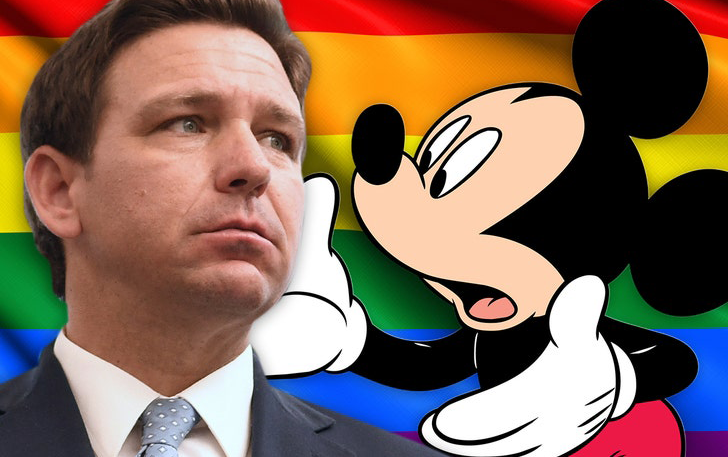Kerby Anderson
Yesterday I referred to a speech for Hillsdale given last year by Christopher Rufo (Manhattan Institute). He provided a multi-decade description of how woke ideas made their way into various institutions. One of his prime examples is what he found at the Walt Disney Company.
Two years ago, he filed a story about Disney forcing employees to engage in a critical race theory training program. It required its white employees to complete a “white privilege checklist,” and included exercises on “decolonizing” bookshelves.
The Disney controversy grew when the company decided to wade into a political fight with Florida Governor Ron DeSantis and the legislature. The bill prohibited teaching about gender ideology, sexual orientation, and sexuality in earlier grades. Despite the media attempts to discredit it, Christopher Rufo reminds us that the bill (when properly described) was supported (depending on the questions) by 60-80 percent of Floridians.
About the same time, he also posted videos sent to him from Disney employees. One executive producer at Disney said she had been inserting what she called a “not-so-secret gay agenda” into children’s programming and had experienced no pushback.
Once some of these videos surfaced, Disney did receive pushback. Subscriptions to Disney streaming dropped significantly. Parents canceled trips to Disney theme parks and even Disney cruises. The CEO of Disney resigned last month after serving just two years due to what the media described as a combination of poor earnings and power struggles.
Once again, we can see the impact that you as a consumer can have when you vote with your feet and vote with your pocketbook. One phrase I often use is: “go woke, go broke.”
 Listen Online
Listen Online Watch Online
Watch Online Find a Station in Your Area
Find a Station in Your Area









 Listen Now
Listen Now Watch Online
Watch Online
